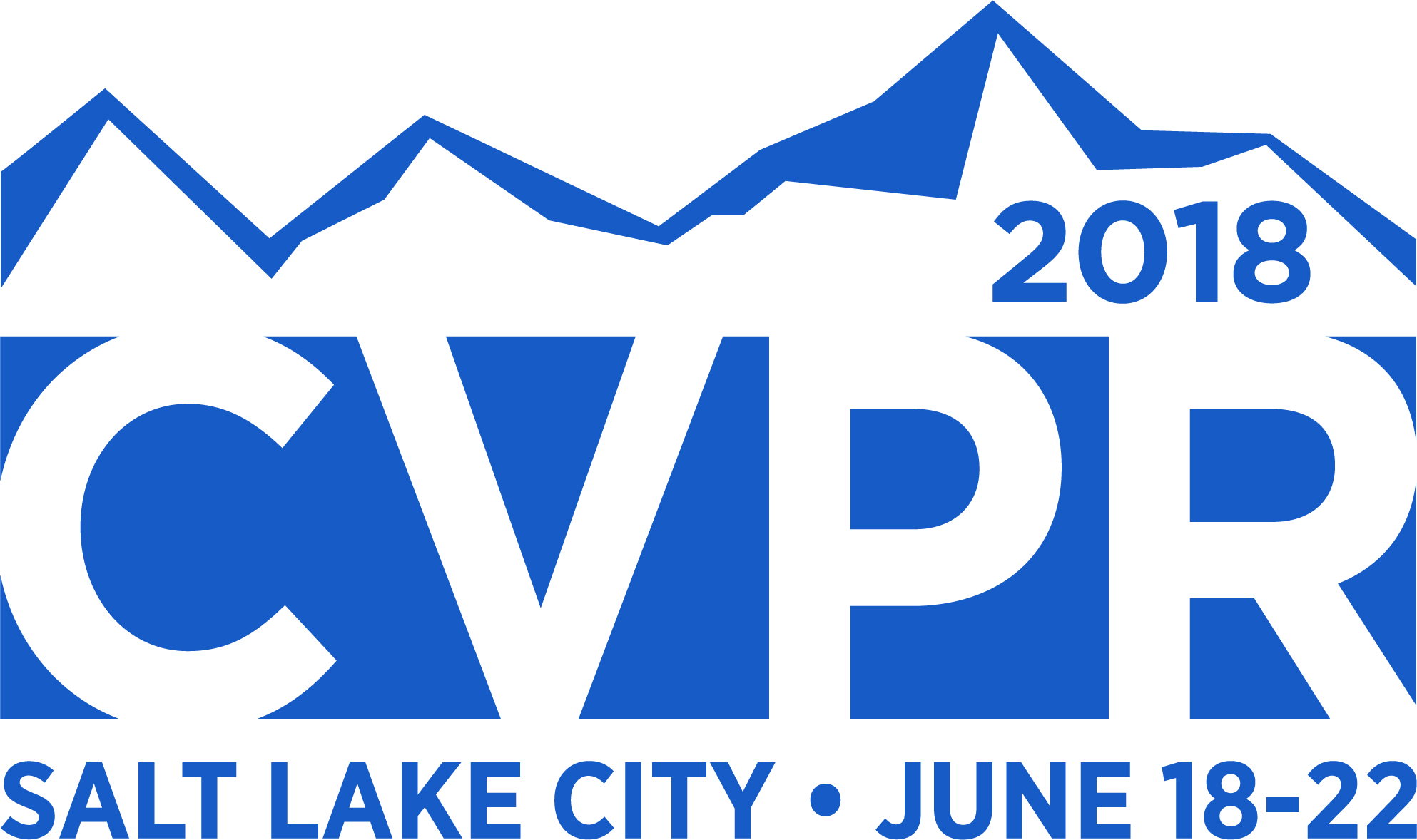-
Inference in Higher Order MRF-MAP Problems With Small and Large Cliques
AbstractHigher Order MRF-MAP formulation has been a popular technique for solving many problems in computer vision. Inference in a general MRF-MAP problem is NP Hard, but can be performed in polynomial time for the special case when potential functions are submodular. Two popular combinatorial approaches for solving such formulations are flow based and polyhedral approaches. Flow based approaches work well with small cliques and in that mode can handle problems with millions of variables. Polyhedral approaches can handle large cliques but in small numbers. We show in this paper that the variables in these seemingly disparate techniques can be mapped to each other. This allows us to combine the two styles in a joint framework exploiting the strength of both of them. Using the proposed joint framework, we are able to perform tractable inference in MRF-MAP problems with millions of variables and a mix of small and large cliques, a formulation which can not be solved by either of the two styles individually. We show applicability of this hybrid framework on object segmentation problem as an example of a situation where quality of results is significantly better than systems which are based only on the use of small or large cliques.
Related Material
[pdf][bibtex]@InProceedings{Shanu_2018_CVPR,
author = {Shanu, Ishant and Arora, Chetan and Maheshwari, S.N.},
title = {Inference in Higher Order MRF-MAP Problems With Small and Large Cliques},
booktitle = {Proceedings of the IEEE Conference on Computer Vision and Pattern Recognition (CVPR)},
month = {June},
year = {2018}
}
These CVPR 2018 papers are the Open Access versions, provided by the Computer Vision Foundation.
Except for the watermark, they are identical to the accepted versions; the final published version of the proceedings is available on IEEE Xplore.
Except for the watermark, they are identical to the accepted versions; the final published version of the proceedings is available on IEEE Xplore.
This material is presented to ensure timely dissemination of scholarly and technical work.
Copyright and all rights therein are retained by authors or by other copyright holders.
All persons copying this information are expected to adhere to the terms and constraints invoked by each author's copyright.

